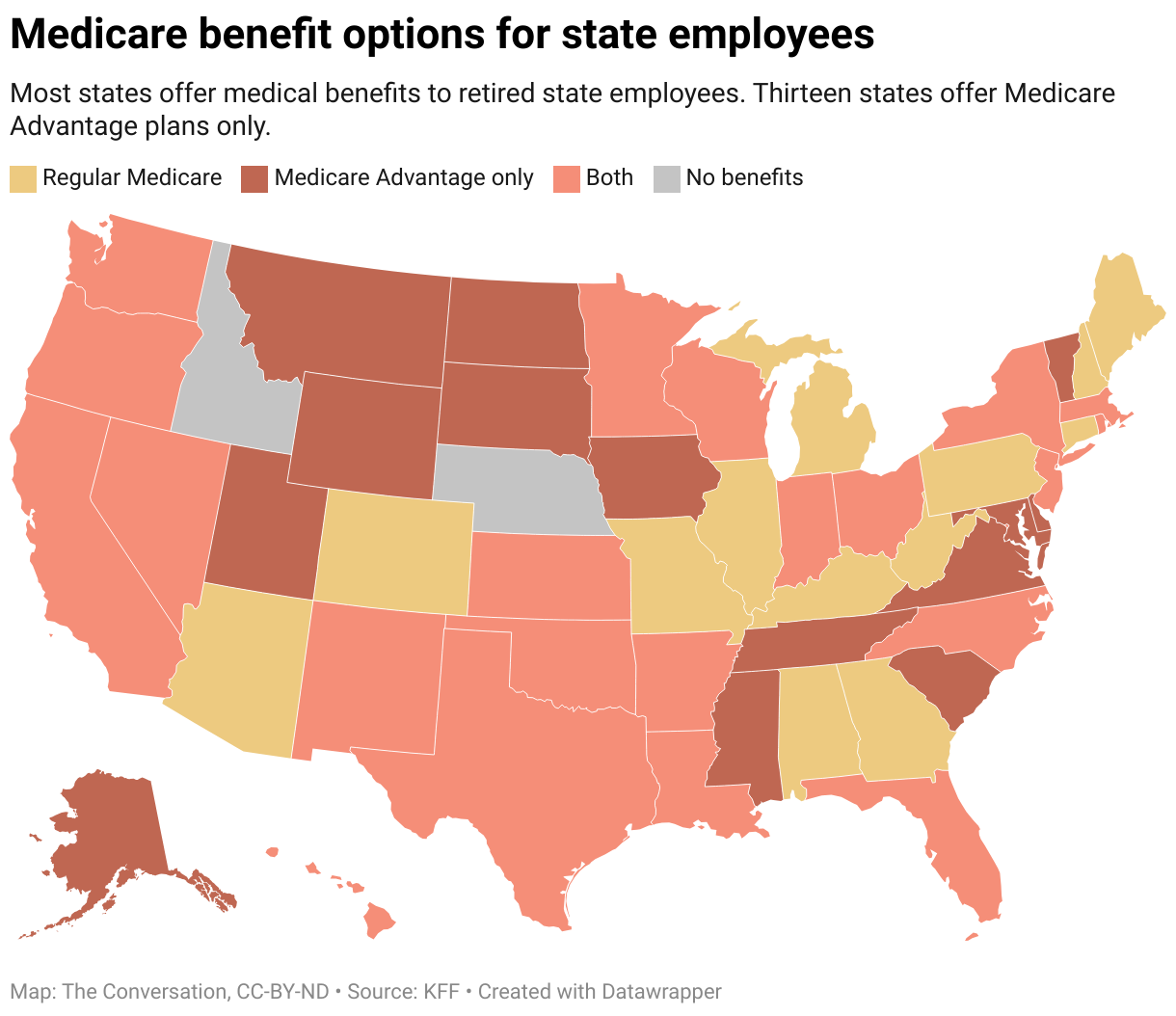Three little letters, which indicate what type of health insurance plan you have, make all the difference in your coverage. Once you understand the differences between the four types of insurance networks, you’ll understand how your medical care, costs, and plan type fit together.
The two main health insurance network types are:
- Preferred Provider Organizations (PPOs) and
- Health Maintenance Organizations (HMOs).
An HMO is generally cheaper than a PPO, but HMOs have fewer doctors available to you.
There are two other common network types:
- Point of Service (POS) and
- Exclusive Provider Organizations (EPO).
These combine features from HMO and PPO networks. Overall, if you are generally healthy and looking for the lowest premiums, an HMO may be your best choice. If you want access to more providers, including specialists, turn your attention to PPOs.
Health Insurance Plans Typically Provide 1 of These 4 Networks
| Network Type | Do you need a referral from your primary care doctor to visit specialists? | Are there some out-of-network providers in your coverage? | Typical monthly cost? |
| PPO (Preferred Provider Organization) | No | Yes | High |
| HMO (Health Maintenance Organization) | Yes | No | Low |
| POS (Point of Service Plan) | Yes | Yes | Medium |
| EPO (Exclusive Provider Organization) | No | No | Medium |
These various types of health insurance are available through different markets. For example, you can find HMO or PPO versions in Affordable Care Act plans, employer insurance plans, and short-term health plans.
4 Network Types: What’s the Difference?
PPO (Preferred Provider Organization) Health Plan Definition:
- PPOs rarely require you to get a referral to see medical providers.
- If you have a PPO plan, you can visit any provider in your plan’s network at a discounted (“preferred”) rate.
- PPO networks include independent medical providers and hospitals.
- PPOs also allow you to visit doctors that aren’t in your PPO network, but you’ll be responsible for more of the cost. For instance, your PPO may have an entirely separate deductible and out-of-pocket maximum for out-of-network medical professionals.
- PPOs are generally the most flexible network type.
- PPOs are generally also the most expensive network type.
HMO (Health Maintenance Organization) Health Plan Definition:
- In an HMO, your care is coordinated through a primary care physician (PCP) that you choose.
- You usually need a Referral from your PCP to visit a specialist.
- HMOs limit you to a relatively small number of in-network doctors and hospitals.
- However, during emergencies, your HMO will cover out-of-network care.
- In-network doctors may be directly employed by your insurance company.
- Some HMO networks put more limits on the number of tests or treatments than PPO networks do.
- HMOs are generally less expensive than other networks.
- However, it can be burdensome to get referrals from a PCP before seeing any specialists.
- For example, if you had an itchy skin issue, you might have to wait days to see your PCP to get referred to the dermatologist you need.
POS (Point of Service) Health Plan Definition:
- POS networks are like HMOs, but without strict network limits. This means POS networks pay at least part of the bills for non-emergency care from doctors who aren’t in your plan.
- Like an HMO, POS networks ask you to get referrals from your primary care physician (PCP) before seeking care from specialists.
- Depending upon the plan, preventive care and other services provided by your PCP may be heavily discounted.
- POS networks are generally less expensive than PPOs but more expensive than HMOs.
EPO (Exclusive Provider Organization) Health Plan Definition:
- EPO networks are like HMOs, but they do not require referrals from a primary care physician.
- You have to get your non-emergency care only from specific doctors who accept your EPO.
- EPOs are generally less expensive than PPOs but more expensive than HMOs.
Choosing Between HMO vs. PPO Network Health Plans
Here are the key factors to weigh when you are choosing between an HMO and PPO.
HMOs Have Less Cost
When comparing two similar PPO and HMO plans, the HMO will almost always be less expensive to join.
Though the overall cost of your PPO network will probably be higher than a similar HMO, your PPO will enable quicker access to specialists and offer more providers to see.
Networks aren’t the only thing that affects the cost of health insurance plans. Some plans may have low deductibles or pay in full for certain preventative care. All in all, many experts say HMOs usually provide more financial value.
PPOs Edge Out HMOs on Medical Care Itself
If you need care for a major disease or chronic illness, experts say PPOs tend to be worth the extra cost. Fair or not, HMOs have a reputation for denying care more than other networks.
When you are ill, your key issue is access to the specific providers you need right away. While the largest HMOs are no longer known for requiring mounds of paperwork or relying on delay strategies like “step therapy,” you will still need to go through more hoops to get timely care. These additional HMO requirements can be needlessly challenging.
In contrast, PPO networks typically enable you to access the providers you want and don’t require a primary care physician to be involved in every step of the way. PPOs leave you to get care on your own, giving you the opportunity to treat your illness as fast as possible.
Whether you’re considering an HMO or PPO, make sure to research any special programs your plan has to treat your long-term needs, for, say, high blood pressure or asthma. Since HMO and POS networks have a primary care physician overseeing your care, they might better help manage chronic illnesses. For instance, an HMO could insist that all their diabetic members get a preventive eye exam. This may not occur as easily in a PPO network, especially if the patient isn’t seeing a primary care physician on a regular basis.
PPOs Give You A Wider Choice of Providers
Generally, PPOs give you more choices of clinicians. Before you enroll in a specific plan, search doctor-finder websites to see whether the PPO offers the array of providers in your area that you want.
By contrast, HMOs restrict you to a tight-provider network. Therefore, if it’s important that you continue to see a certain medical professional, it’s crucial that this provider is in an HMO network you are considering. If that doctor is part of the HMO you are choosing – and it includes enough nearby quality clinics — consider yourself lucky. The HMO is offering quality service. But check first, and check thoroughly.
You also might find a solid HMO if you don’t have existing physician relationships. In that case, the HMO can create valuable provider connections for you.
Some HMO networks are huge. On the other hand, some PPOs have few providers, but they allow you to go out-of-network and see the specific specialists and others that you want. In short, all networks are not equal, but there are many you can find to fit your needs.
Getting to know your health insurance plan doesn’t mean you have to pour through a book full of industry lingo. Once you know more about the differences between the types of networks available to you, the sooner you’ll be able to make the smartest decision about your care.




